Here’s where the area code 324 is from:
In North America, 324 is a reserved area code, which means that it is not currently in use in any region.
While no country used 324 as a country code, Belgium uses 32, and Ghana uses a prefix of 233.
Both of these can end up looking like they are a 324 area code when a caller ID has formatting limitations.
If you want to learn all about what 324 is used for in a US phone number, then you’re in the right place.
Let’s get right to it!
- 855 Area Code: Calls Safe?
- Phone Call Just Beeps: Meaning?
- 11-Digit, 12-Digit, or More-Digit Number Calls: Safe?
- Call From Unallocated Phone Number
- 0000000000 or 1000000000: Who Calls You?

What Is 324 Used for in the U.S. in a Phone Number?
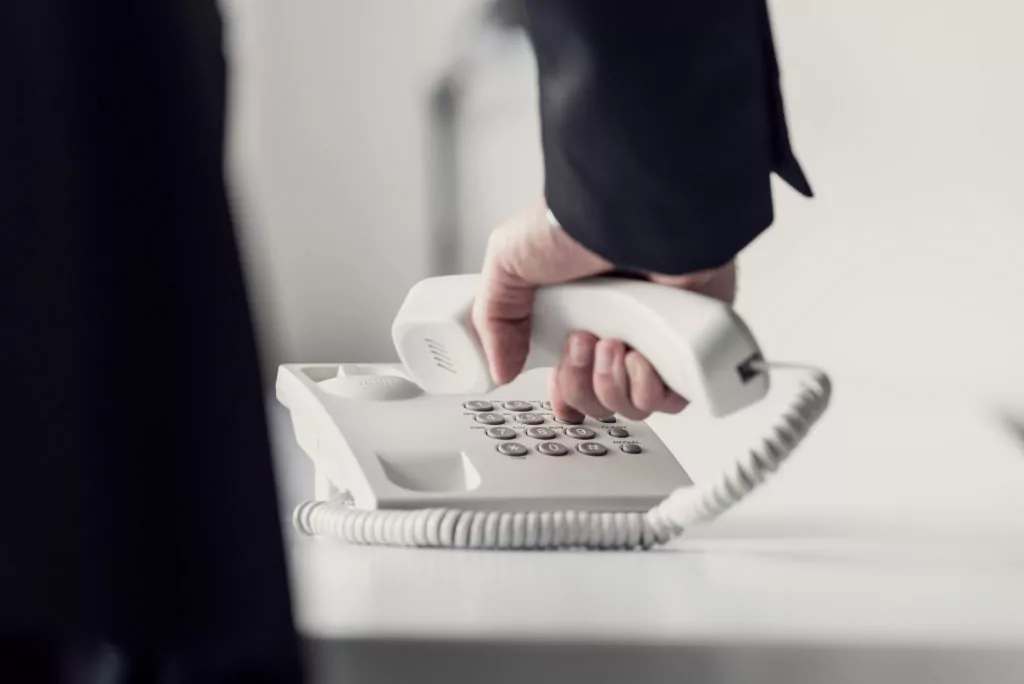
The area code 324 is not currently used in the United States.
In fact, it is not an active area code anywhere in North America.
If you try to dial a number using this area code, you will not connect to anyone.
Instead, this is a reserved area code. While it is not in use right now, that could change in the future.
How Area Code Reservation Works

In North America, area codes can be reserved for future locations or services.
What that means is that such a code is not currently operational, and dialing a number with a reserved area code will not connect you to a line.
Eventually, the reserved code will be assigned, and at that point, it will be associated with the region of that assignment.
So, for area code 324, dialing it right now doesn’t connect anyone in North America to an active line.
But, at some point, a region will need an additional area code, and 324 is on the list that will be assigned as needs arise.
Why Do You See 324 on Caller IDs? (3 Reasons)

So, if 324 isn’t assigned, why do you see it on your caller ID sometimes?
What is that all about?
There are a couple of reasons that this happens.
The most likely is number spoofing, which is explained in the next section.
When number spoofing isn’t the issue, then it’s possible that the number was truncated, rounded, or otherwise misrepresented.
Some active area codes (and country codes) are close to 324.
If the caller ID cuts numbers short or otherwise has a strange display, then a number that doesn’t actually use 324 as an area code might look like it.
#1 Number Spoofing
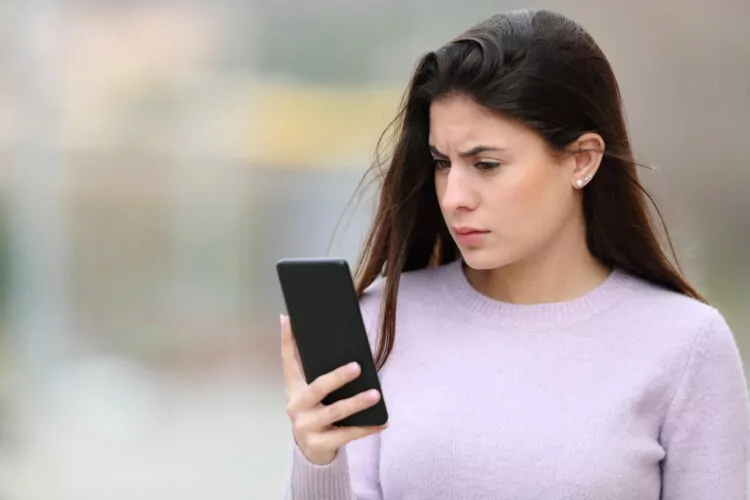
Number spoofing is the most common reason you will see a 324 area code on a caller ID.
Number spoofing is a means of hiding the number you are really calling from.
Instead, the spoofing device (or software) can cause a caller ID to see any random (or chosen) phone number.
This is almost always done in the case of spam calls, and it is particularly common for frauds and scams (so you can’t track the real number).
If a number spoofing device is random, it might pick 324 as an area code to display.
So, if you see 324 (at least for now), you can safely assume that the call is not important.
#2 Call From Belgium
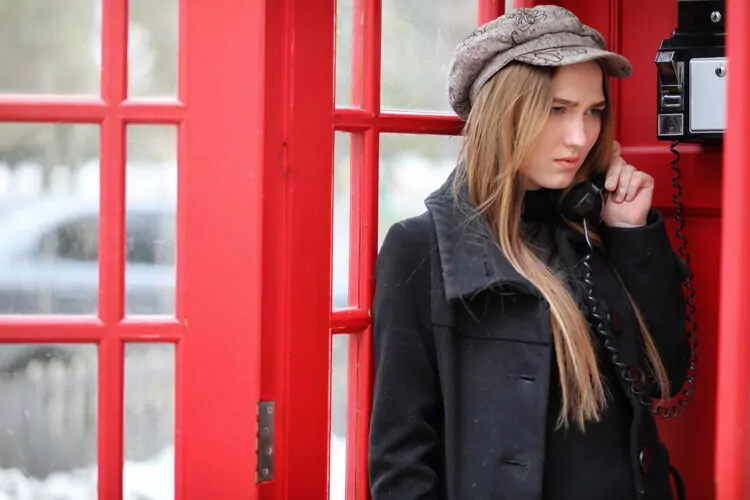
The country code for Belgium is 32.
This is a number you dial before the area code to connect for an international call.
Because Belgium’s country code starts with the same numbers as the area code 324, it can cause confusion.
When a call to or from Belgium is displayed, it might read from the country code first.
If the display runs out of digits before the end of the number, it might appear as though 324 was an area code, even though this isn’t the case.
#3 Calls from Ghana
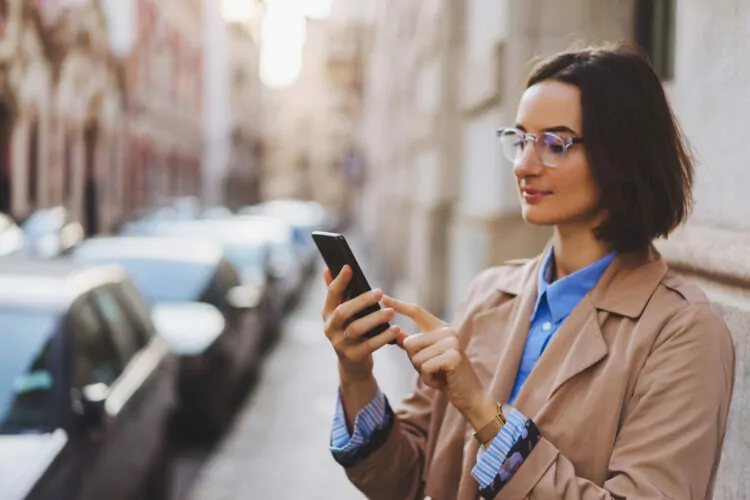
A similar issue can happen with calls connecting to Ghana.
Ghana has number prefixes that start with 233 and 24.
If those don’t fit on a caller ID display, they can be truncated.
When that happens, they might end up looking like 324.
Here’s an example.
The number 233-23-123-4567 is a made-up phone number that would be viable using Ghana’s phone numbering system.
If this number popped up on a caller ID in North America, it would get truncated and look like 1-324-123-4567.
It’s one of those cases where North American caller IDs aren’t formatted right for every type of international number.
How Do Area Codes Work?
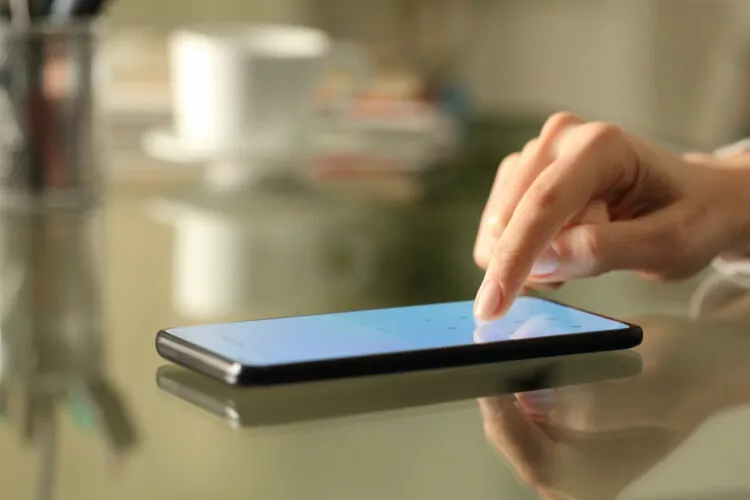
All of this stems from the North American Numbering Plan (NANP).
Without getting too deep into how the NANP works, suffice it to say that this is the official way that area codes are assigned and maintained.
It is a standard that governs area codes for more than 20 countries.
So, in North America, area codes are quite simple. You dial them before the seven-digit phone number.
The area code helps the phone switchboards to know where to route a call. Without the right area code, there are too many possibilities, and calls can get lost in the infrastructure.
Each three-digit area code is assigned to a specific region, and that helps calls get routed along the correct telephone lines (or cell towers) to ultimately reach the right destination.
Yet, some calls don’t need an area code at all.
When Area Codes Aren’t Needed

As you likely know, area codes are not always needed for local calls.
The exact definition of a local call can be a little murky.
To skip using an area code, you first need to be dialing from the same area code you are trying to reach.
Even when that is the case, you also have to be calling someone on the same local phone network that you are using.
So, if you live in a rural area and are trying to dial a location more than 50 miles away, even if it is in the same area code, the seven-digit number might not work.
There’s another caveat.
As of October 24, 2021, all seven-digit dialing is being removed for area codes in 34 separate states.
This change is to make certain emergency and help services more universally accessible.
The end result is that if you live under one of these affected area codes, all calls have to be made with 10 digits.
The easiest way to tell if this is the case for your region is to try the seven-digit number.
If a 10-digit number is required instead, you will get an automated message telling you as much.

